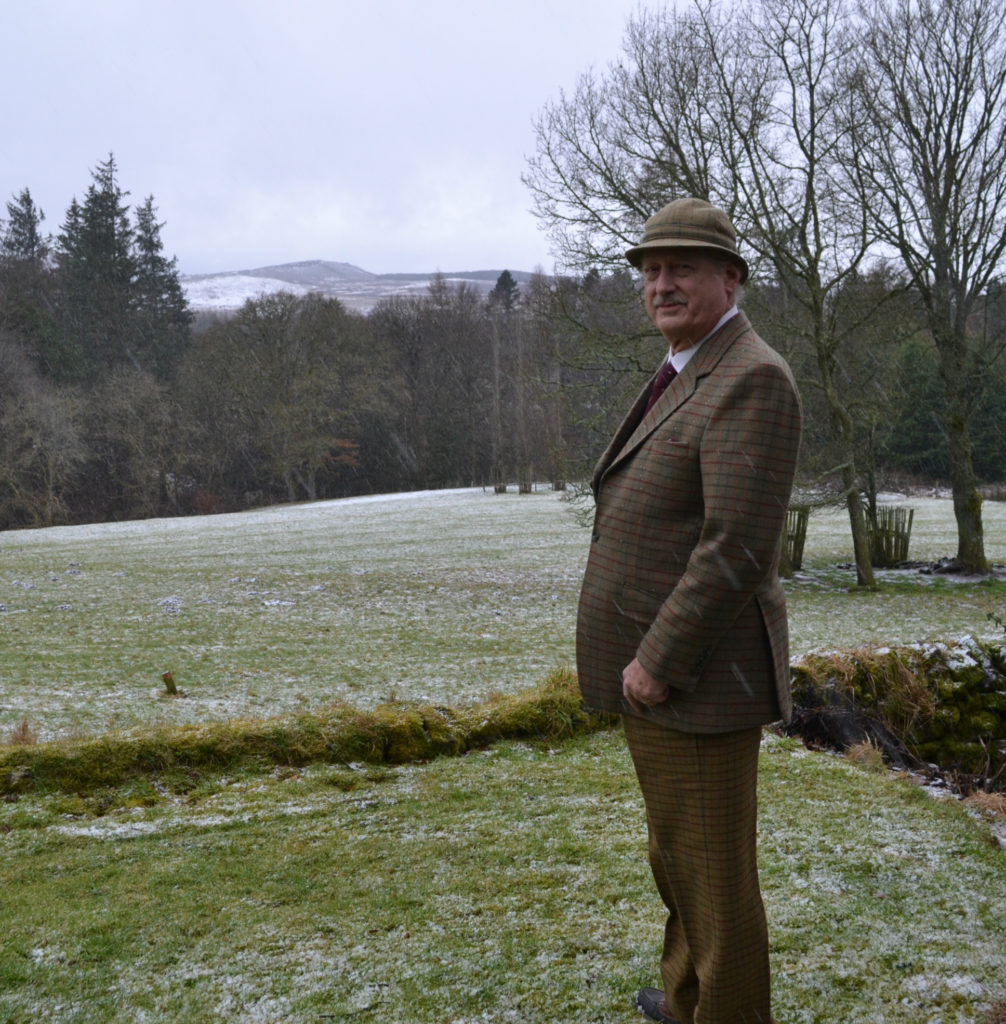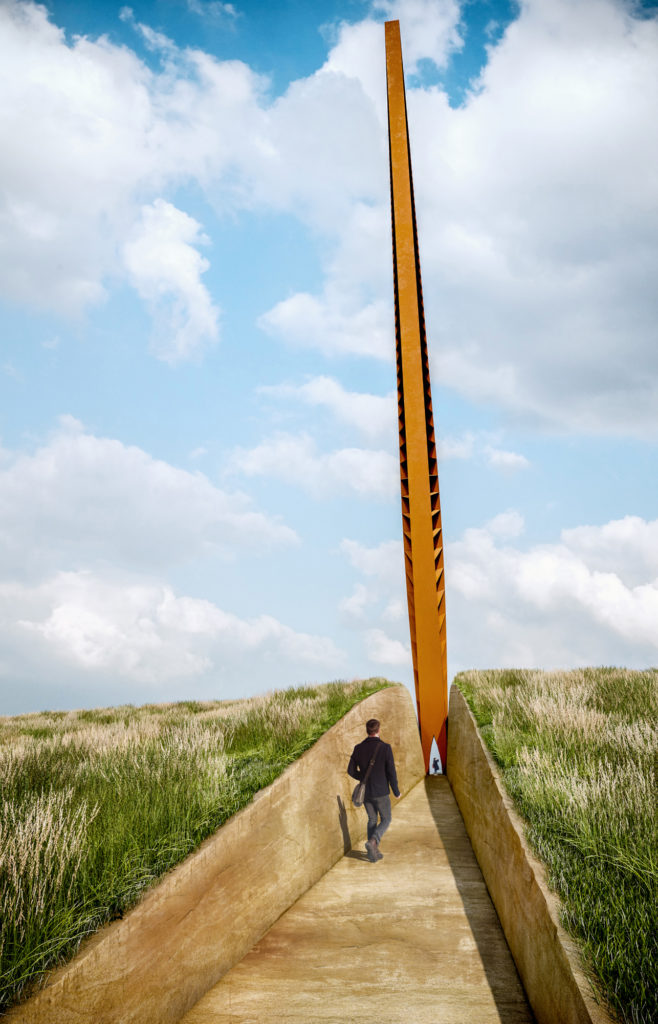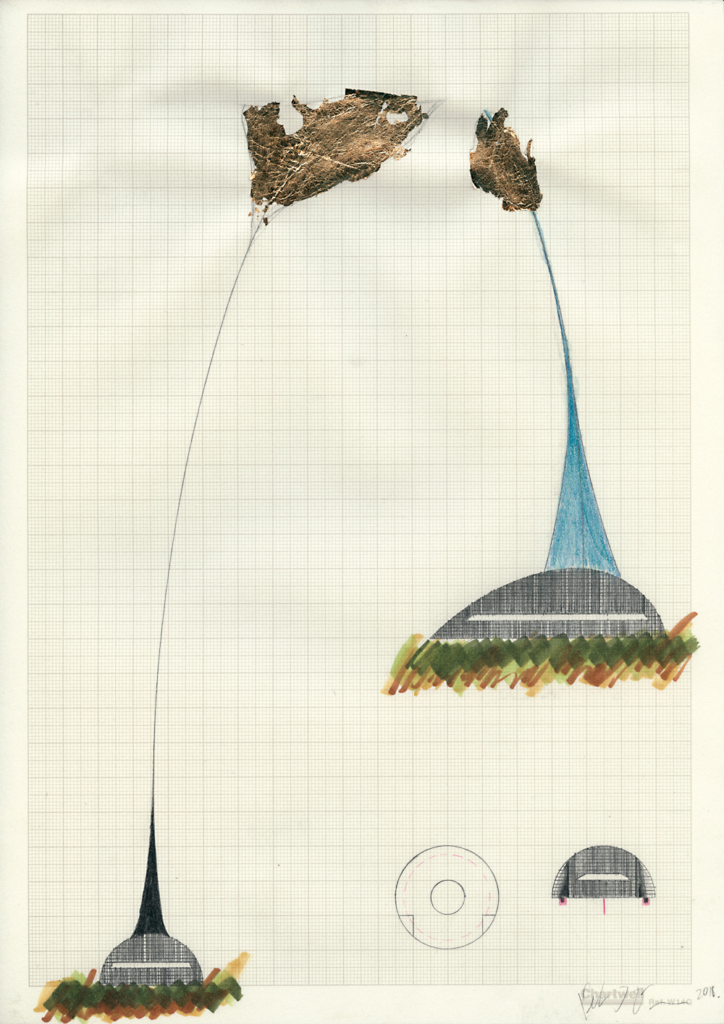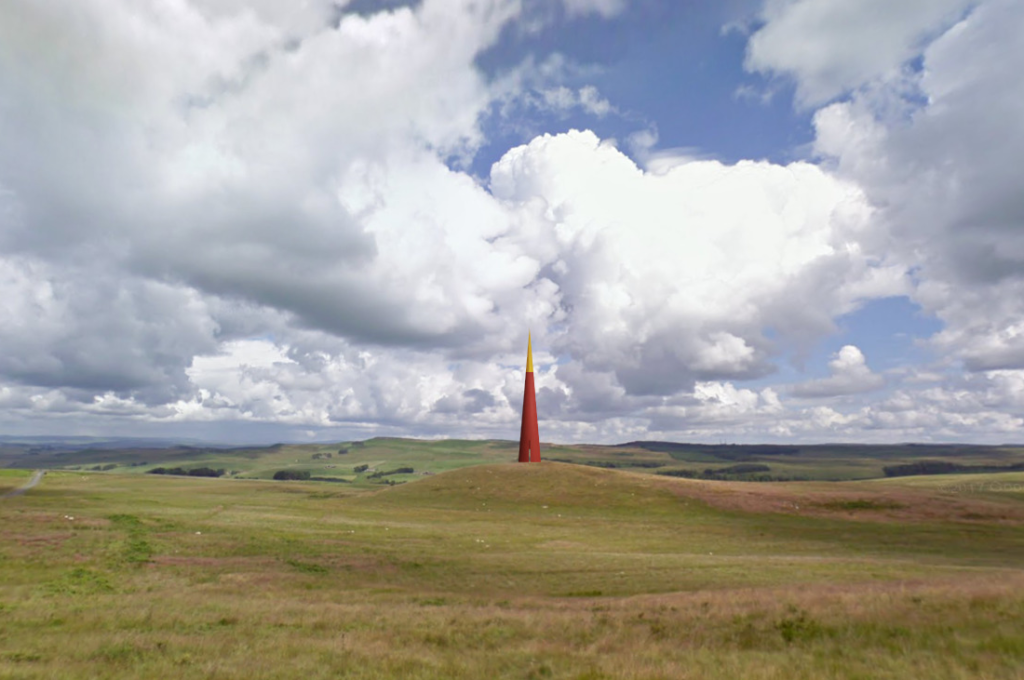Art World
A Patriotic British Nobleman Wants to Build a 200-Foot-Tall Monument to Queen Elizabeth
Viscount Devonport has commissioned three artists to create ambitious proposals.

Viscount Devonport has commissioned three artists to create ambitious proposals.

Javier Pes

A sculpture three times the height of Antony Gormley’s Angel of the North will rise over the north of England—at least, it will if a patriotic British aristocrat has his way.
Standing on a windswept hill and measuring 196 feet tall, the work is the brainchild of Terence Kearley, Third Viscount Devonport, who wants to celebrate Queen Elizabeth II. The low-key landowner, who is in his 70s and is not known for major contemporary art commissions, chose the spot on his Northumberland estate, specified the work’s height, and now aims to raise the £1 million ($1.35 million) needed to complete the so-called Elizabeth Landmark.
Three artists—Simon Hitchens, Colin Rose, and Peter Evans—have submitted proposals for the project. Now, the local community gets to have its say. The first of three community exhibitions featuring the artists’ designs opens today at Kirkwhelpington Village Hall.
The project’s curator, Matthew Jarrett, tells artnet News that the winning work could be installed as early as 2020. In Jarrett, the viscount has a curator who knows how to make it happen: He worked on Gormley’s Angel of the North (1998), the towering sculpture near Newcastle, as well as Anish Kapoor’s monumental structure Temenos (2010) in Middlesbrough.
The viscount has chosen to place the work in a spot called Cold Law, where the wind can blow so hard “it is a struggle to hear each other speak,” Jarrett says. “The wind comes straight off the Pennines.” Each of the artists have proposed to incorporate some form of shelter into their designs, he notes.

Simon Hitchens’s concept sketch for Elizabeth Landmark sculpture, copyright the artist.
None of the proposals explicitly reference the Queen, but all aim to pay tribute to the wonders of the countryside over which she presides.
The sculptor Simon Hitchens, who is a fellow of the Royal Society of Sculptors, says he is more than up to the task: as a mountain climber, he knows how to cope with the elements. He has proposed a 200 tonne, angled column of CorTen steel that points south and will be aligned with the sun at its peak during the summer equinox. An 85-meter-long slice of earth will be carved out of the hilltop below, making it look as if the column has come out of the hillside like a lever.

Simon Hitchens’s proposal for the Elizabeth Landmark. courtesy of the artist.
“The viscount has erected 16 wind turbines,” Hitchens notes, so any sculpture needs to stand up against similar forces—and stand out amid visual competition. The monster turbines measure a staggering 525 feet tall.
The assignment, Hitchens says, was very open, with few requirements other than the work’s 196-foot height. The artist’s proposal aims to capture the attention of passersby at a distance but also make visitors feel “as if you are standing on a cliff edge” when up close. It would certainly be more accessible than Stonehenge, which has been fenced off for decades.

Peter Evans’s proposal for a kinetic monument with cairn-inspired shelter at its base. Sketch courtesy of the artist.
Peter Evans, meanwhile, has proposed a kinetic work that will blow in the wind. It is tethered to a shelter inspired by Bronze-age cairns in the nearby landscape. The final proposal, by the artist Colin Rose, is the most conventional. He has designed a spire made of dark terracotta capped by stainless steel with a gold finish.

Colin Rose’s design for a gold topped spire, Elizabeth Landmark. Courtesy of the artist.
Jarrett says that the viscount specified the height of nearly 200 feet because he wants the monument to be visible from the main road that links England and Scotland. Standing on the hill, the sculpture will be about the same height as his wind turbines. (Income from the electricity generated by the turbines funds the local village through a dedicated foundation.)
The viscount estimates that in order to remain stable, the monument’s foundation will need to be almost 200 meters below ground. He also plans to construct a new road and parking lot near the sculpture and recruit poets and writers from across the Commonwealth to participate in the project. “They will contribute to the whole experience of the landmark, with installations along the road to the site,” he said in a statement. The design is due to be finalized by spring 2019.